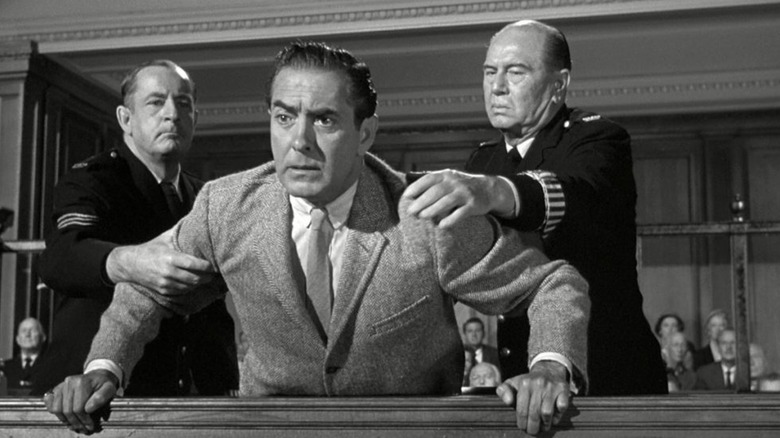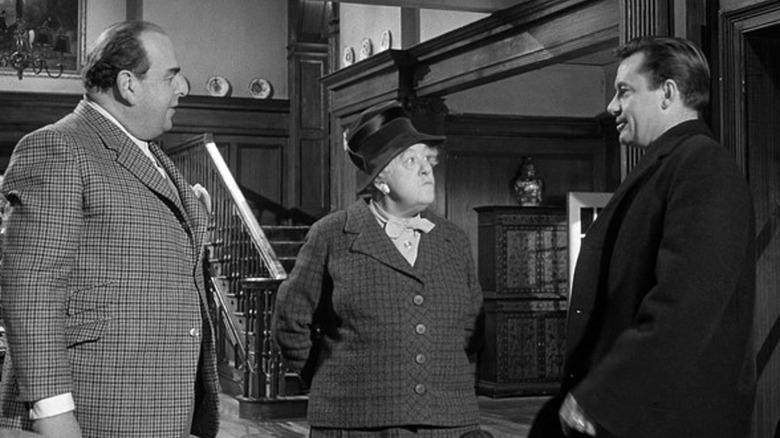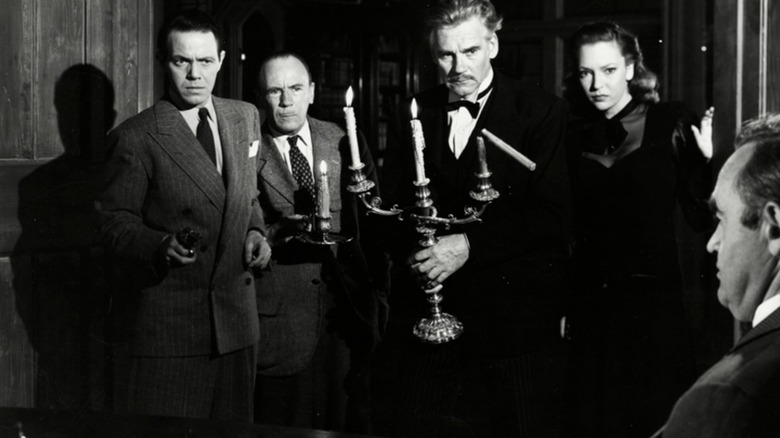[ad_1]
What are the hallmarks of a best-selling Agatha Christie novel? Crisp, accessible prose and memorable characters culminate into classic murder mysteries that have stood the test of time. There’s also a sprinkling of clever sleight of hand, where subtle, essential clues are peppered right up to the big reveal hiding in plain sight. Although her stories make little space for what might be termed as morally grey, this very insistence on treating morality as an easily definable standard grants us comfort in a messy, volatile world. This is also why Christie’s brand of escapist fiction makes for good adaptations, with figures like Hercule Poirot or Miss Jane Marple steering these quasi-fantastical detective stories.
Christie’s oeuvre has been adapted across mediums, including film, from 1928’s mystery drama “The Passing of Mr. Quinn” to the more recent Kenneth Branagh-helmed “A Haunting in Venice.” In terms of television adaptations, a chunk of these titles revolve around Poirot, as seen in “Agatha Christie’s Poirot,” which ran between 1989 and 2013, spanning 70 episodes. A counterpart ITV series titled “Agatha Christie’s Marple” also ran for nine years, taking a more inspired approach of infusing the classic mysteries with fresh elements. Additionally, certified Christie best-sellers like “Death on the Nile” and “The Murder of Roger Ackroyd” got the graphic novel treatment, while a handful of her murder mysteries were re-molded into fun hidden-object and point-and-click video games (like 2016’s “Agatha Christie: The ABC Murders”).
Keeping such an astounding and diverse body of adaptations in mind, it can be rather tricky to rank Agatha Christie movies in terms of their perfection. Well, if we are to consider Rotten Tomatoes as a metric for “perfection,” there are three movies that meet the criteria of sporting a 100% on the Tomatometer. Let’s unpack each of these adaptations.
These Agatha Christie movies keep audiences guessing
First up is 1963’s “Murder at the Gallop,” which is the second entry in MGM’s four-part “Miss Marple” adaptations and based on Christie’s “After the Funeral.” It is worth noting that this film is not a faithful adaptation, as it swaps around some aspects from the original novel, including featuring Miss Marple instead of the mustached Hercule Poirot. Here, a rich man named Hector Enderby (Robert Morley) suddenly tumbles down a flight of stairs and his subsequent will-reading draws out potential suspects who might have benefitted from his death. Although Enderby’s demise is chalked up to a heart attack, Miss Marple (Margaret Rutherford) hones in on some baffling clues: a mysterious mud print and a stray cat inside Enderby’s mansion, even though the man had an extreme fear of felines.
Although “Murder at the Gallop” does a fine job of weaving a tense murder mystery that ends on a satisfying note, the deductions that Miss Marple arrives at have a distinctly Poirot-esque vibe to them, (which dilutes the different approaches to sleuthing adopted by both characters). In Christie’s novels, Marple intuits clues with subtle, understated methods, while Poirot revels in putting on a show, taking a hyper-methodical approach to his cases. If you’re able to overlook the subversion of these established quirks, this 1963 adaptation feels almost as competent as its source material.
Next, we have Billy Wilder’s “Witness for the Prosecution,” which intimately understands Christie’s world of clear-cut morality and crackling, witty suspense. There is a good reason why the film received six Academy Award nominations (including Best Picture) in 1958, and is critically lauded for its whip-smart script and spirited performances. Part courtroom drama, part film-noir, this Marlene Dietrich-starrer revolves around Leonard Vole (Tyrone Power), who is accused of murdering a wealthy widow who also happened to be his lover. Senior barrister Wilfrid Robarts (Charles Laughton) agrees to take this case despite his ill health and is sucked into a convoluted conspiracy involving jilted lovers and messy entanglements. Every moment in the film feels alive with tension, as it is impossible to guess what will happen next if you haven’t read the play it is based on.
Agatha Christie’s And There Were None adaptation is near-perfect
In Christie’s “And Then There Were None,” eight people arrive on an isolated island after receiving mysterious invitations. After being greeted by the hosts’ butler and housekeeper, these guests are each given a framed copy of an old rhyme, and a gramophone record accuses all of them — including the two household helpers — of committing murder. Thus begins a tense game of whodunnit as the guests grapple to unravel the mystery of their mysterious hosts, and bodies start dropping during their stay. Perhaps, the best-selling appeal of this story lies in the limits of disbelief being continuously pushed, with the reward of successfully identifying the true perpetrator adding to the tension sustained by the mystery.
René Clair’s “And Then There Were None” (which is now in the public domain in its fully-remastered glory) tackles this super-popular premise with panache, infusing it with a touch of the macabre without reveling in its bleakness. While Christie’s original ending is well-loved, Claire makes the audacious decision to completely change it by leaning heavily towards hopeful optimism. Something about such a romantic resolution feels oddly fantastical, but “And Then There Were None” succeeds in justifying this creative swing, which is complemented by the masterful handling of a popular murder mystery that has been done to death.
What I like about Clair’s rendition is the use of perspectives that paint the accounts of the guests as confessions, with their private actions mired in vague suspicion and the overwhelming urge to spy on each other. While nobody manages to gain our trust, it is difficult to point fingers at a specific person with staunch certainty. This ambiguity keeps the mystery feeling fresh and intensifies the fates of those who do it out alive, despite what the title suggests.
[ad_2]










